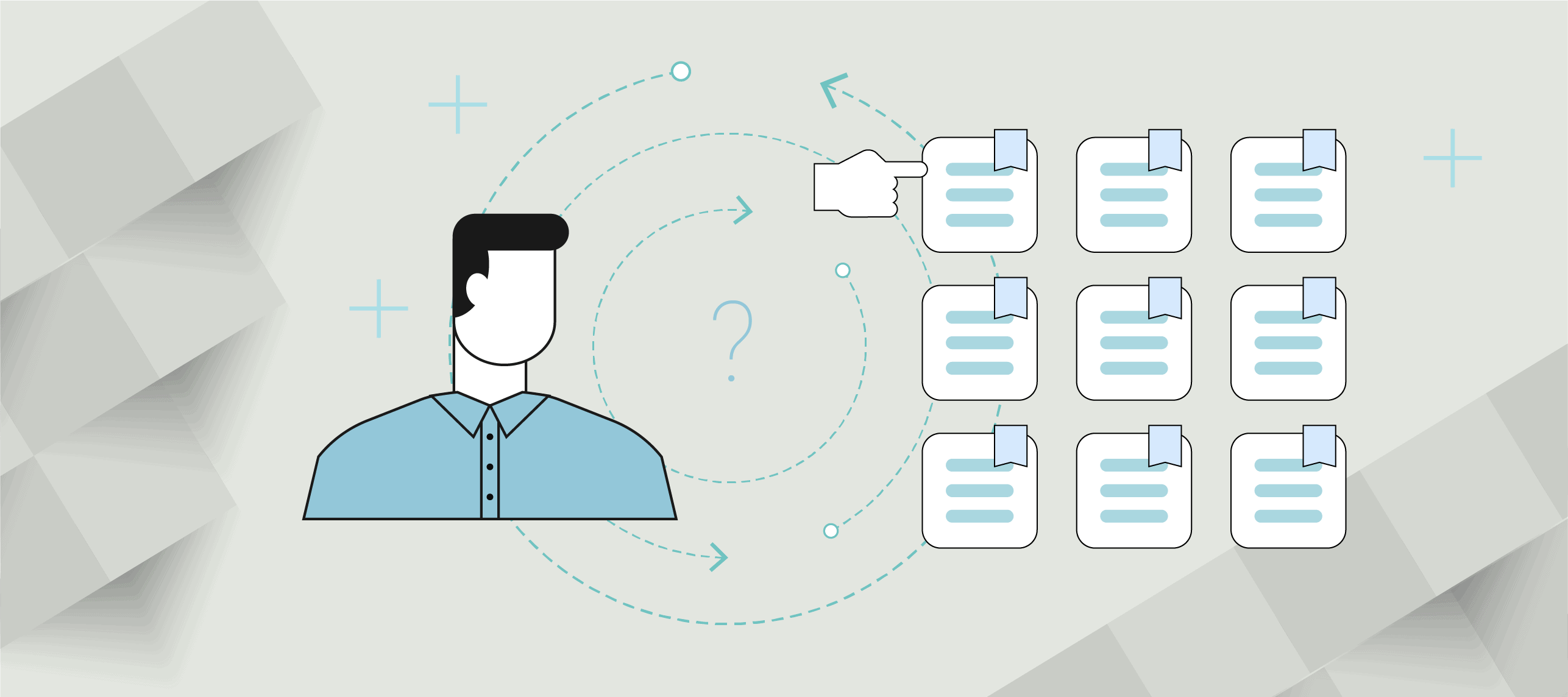Understanding the concepts of “Will I?” and “Which one?” provides business people with a valuable framework to think about pricing … and even create new products. We always talk about “Will I?” and “Which one?” as if it is one or the other, but applying this concept to products it is probably more of a continuum.
First, let’s review the concept. When customers make a purchase decision, they typically make two decisions, “Will I?” and “Which one?” The “Will I?” decision is will I buy something in the product category. After they have said yes to “Will I?” they then answer the question: “Which one will I buy?” Most purchases are made only after answering both questions.
However, sometimes people buy after only making the “Will I?” decision. It is extremely valuable for companies to understand when this happens because buyers who only make the Will I? decision are less price sensitive. Companies should be able to charge higher prices.
The decision that occurs just before purchase is not a continuum. A buyer either purchased after making the “Will I?” decision or after the “Which one?” decision. Which decision they addressed is binary. The best way for companies to use this concept is to ask buyers, typically during win/loss analysis, what else did you consider? If they answer “nothing really”, then they only made the “Will I?” decision. If they list competitive alternatives, then they also made a “Which one?” decision. The point is just before the purchase, the last decision they made was either “Will I?” or “Which one?”
However, the product is on a continuum. We often think of products as either “Will I?” products or “Which one?” products. A “Will I?” product is one where buyers make the decision after answering “Will I?” They never consider alternatives. A “Which one?” product is one where buyers take the second step and consider competitive offerings. Turns out though, products aren’t always one or the other type. There is a continuum and that continuum could be driven by several different market characteristics including market segments, distribution, and level of competition.
Market segments: Different people behave differently. Some people may only make the “Will I?” decision while others may make a “Which one?” decision. One example of this is your next smart phone purchase. Most iPhone users are “Will I?” type buyers. They are deciding should I upgrade to the new iPhone or not? However, some iPhone users are trying to decide whether or not to switch to an Android phone. Those that are considering Android are making the “Which one?” decision. The iPhone isn’t always a “Will I?” or a “Which one?” product. It depends on who the buyer is and how he or she acts.
Distribution: Sometimes products are “Will I?” products in certain situations but not always. This is often driven by the distribution channel. Listed below are three products that are typically “Which one?” products, yet the distribution mechanism turns it into a “Will I?” product.
– Popcorn – at the movie theater
– Potato chips – on the end of an aisle at a grocery
– Gasoline – in the middle of the dessert
Level of competition: Probably the purest form of a “Will I?” product is a monopoly. Electricity in many places can only be purchased from one provider. You either choose to buy it or you don’t. And yet, there are alternatives. You could put in your own generator. You could live off the grid, using only solar or wind power. You could live without power and use candles. There are alternatives, but not many people actual consider them.
The purest form of a “Which one?” product is a commodity. There is no difference between product A and B so the only thing to use to decide is price. Yet most products (all?) are neither commodities nor monopolies. Instead, buyers are trading off differences in attributes for differences in price. They typically think something like product A is more expensive, is it worth it?
When you think about the level of competition as a continuum, you are really looking at the amount of differentiation. Zero differentiation is a commodity. Infinite differentiation is a monopoly. The more differentiation, the more like a “Will I?” product you have.
OK, but how is this relevant to you? Whenever you are pricing a product, you want to understand the decision your buyers are making just before they purchase. Are they considering a competitor or not? Put yourself in the mind of your buyers. But realize, not all buyers are the same. Not all situations are the same. Not all competitors are the same. Can you price differently based on different situations?
The other way this is valuable to you is as you create products. Can you create products targeted directly at the market segments who only answer “Will I?” Can you find or create distribution situations where there is no competition? Can you build more differentiation into your products? Each one of these moves you more toward the “Will I?” end of the continuum.
Although it hasn’t been said, there is much more profit on the “Will I?” side of the continuum. Find a way to get there.
Author
-

Mark Stiving, a renowned Author, Speaker, and Pricing Expert with 41 years of experience, has made impactful contributions at various companies, including ONEAC, Advantest, LTX Corporation, Pragmatic Institute, and Impact Pricing. Widely recognized for his expertise in uncovering hidden value and maximizing profits, Mark has become a sought-after figure in the industry. For questions or inquiries, please contact [email protected].
View all posts








